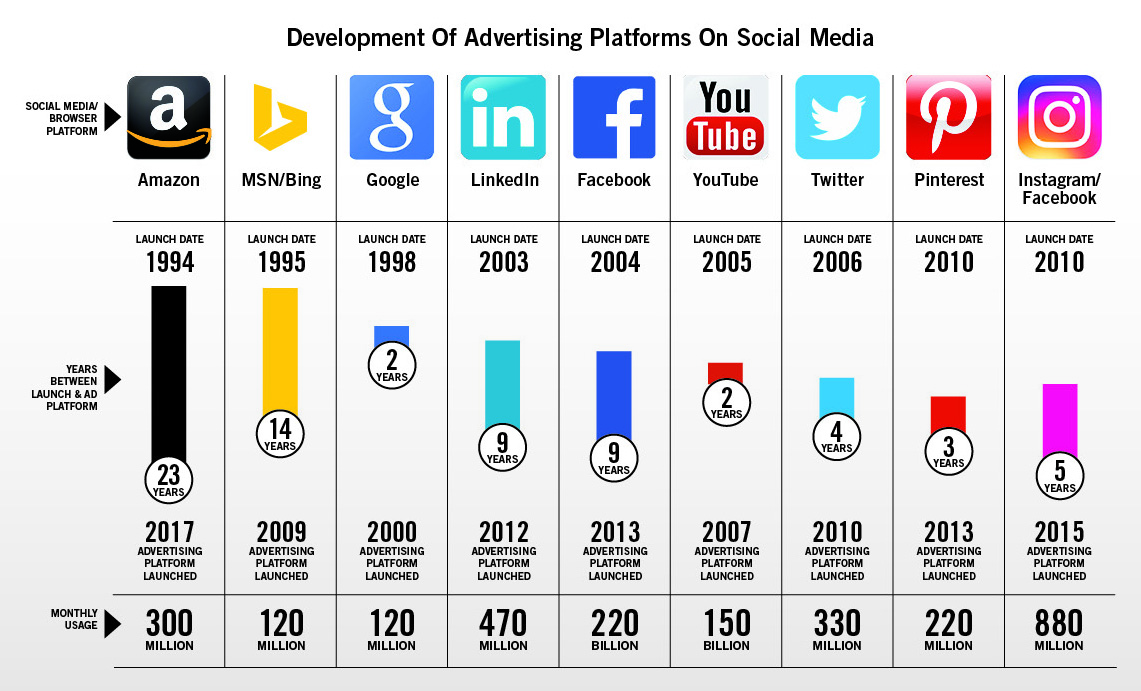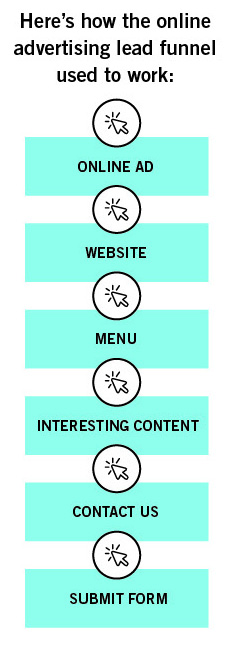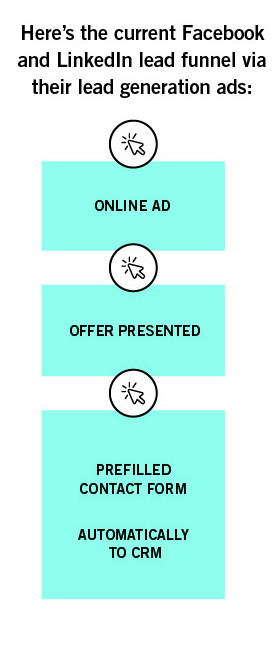Leads, Leads And More Leads

Our promotional products business has changed a bit since we formed our company in 1993. At that time, clients were quite happy to purchase large numbers of promotional products for such difficult-to-measure objectives as branding, trade show promotions, employee relations and customer satisfaction.
As time went on, our team felt obligated to tie our clients’ investments to measurable outcomes so they could quantify their return. That led us to begin measuring the following results: sales (incremental gross margin contribution), safety (reduced insurance experience modifier and premium expense) and service awards (reduced employee turnover).
In the early 2000s we developed a process we call OAR MTV (Objective-Analysis-ROI-Message-Target-Vehicle), which helped launch our company into the realm of lead generation / new client acquisition. This made it much easier for us to explain what our company does: “We generate leads for our clients.”
Our first lead-generation client was our family dentist. He was interested in attracting new patients, so we came up with a message (Going to the Dentist Doesn’t Have to Bite!) and created a simple direct mail program (complete with a refrigerator magnet) that generated a very nice return.
Although the campaign was successful, we didn’t know what happened to all of the direct mail pieces that didn’t generate new patients. Were they thrown away, stuffed in a drawer, etc.?
About that same time, we became aware of social media and online advertising, and tried to get our minds around how those tools could be used to further our clients’ businesses in a measurable way. We knew people were using these forums to find products and services, but advertising on them wasn’t available yet.

Advertising platforms were a later development on social media sites as shown above.
This chart depicts the sea change of when and where people began to access information and entertainment online. In time, social media, internet browser and ecommerce owners realized that if they were getting eyeballs on their sites, they could create a platform and sell ads too.
Later, platform owners also understood they could further monetize their communities by giving advertisers specific information on the return on their advertising spend. This was a novel concept at the time, especially when compared to print, TV and radio, where an advertiser could only track ROI by using coupons, offer codes and customer recall.
Another change caused advertisers to rethink their strategy: the Balkanization of audiences. Instead of having a small and manageable number of national publications and TV networks, there were a multitude of cable channels and internet-based entertainment options.
Advertisers began shifting their dollars away from traditional media to online platforms because of the newfound ability to tightly target specific audiences and deliver detailed metrics.
When Facebook and LinkedIn created their lead generation ad formats in 2015 and 2017 respectively, advertisers gained the capability to collect leads directly from the ad platforms, avoided traffic loss when visitors were sent to websites, and had the leads sent directly into their CRM systems.
Here’s how the online advertising lead funnel used to work:

Here’s the current Facebook and LinkedIn lead funnel via their lead generation ads:

Facebook and LinkedIn created a lead generation ecosystem that reduced the lead generation process from six clicks to three. They also have kept the traffic and lead collection within their platforms, completely avoiding the advertisers’ website.
Add to that the platforms’ ability to create very specific audiences by analyzing their members’ or users’ browsing histories, and you have the ability to deliver a crisp message to a very specific audience—and get them to identify themselves. Also, as part of the ad platform/CRM integration, advertisers can notify the appropriate salesperson/distributor via text or email for prompt follow-up. This is revolutionary, and the impact to our agency’s clients has been huge.
Here are some examples of how Scott & Associates, Inc. is using this technology with its clients:
Ecommerce client that sells no-weld/no-clamp cooling system plumbing fittings to hot rod/street rod rebuilding enthusiasts:
- Message: No-Weld / No-Clamp Radiator Fittings
- Audience: Facebook members who have interacted with content placed by Hot Rod and Street Rod magazines
- Results: 10 times return on advertising spend
Mortgage company that wanted to get more qualified leads and a lower cost per lead:
- Message: Rates Are Going Up! It’s Time To Refinance!
- Audience: Facebook members within the company’s geographic region and customer demographic profile
- Results: Twice the number of leads at 50 percent the cost per lead
Cabinetry company that wanted to reposition its brand to upper-end clients:
- Message: Custom Cabinetry For Your Signature Style
- Audience: Facebook members in their service territory with seven-figure home values and six-figure net worth
- Results: Seven new leads and $350,000 in new business
The key here is ad relevance. When you consider the rise of ad-blocking technology, look no further than advertisers who “shotgun” irrelevant messaging to find the problem. For example, we all have gone to a site, looked at an air fare, and then received online ads that appear everywhere about a hot fare to that destination. But these ads are only annoying when they are irrelevant.
The major online advertising platforms have done an excellent job of packaging audiences for advertisers. A few even allow you to intersect audiences. Here’s an example: A client of ours runs a hypnosis practice and training facility. There are no specific advertising audiences of that type on these platforms.
With a little research, we learned that our client specializes in using hypnosis to help patients with insomnia, stress and chronic pain. By intersecting an audience that is interested in alternative and holistic medicine with an audience interested in insomnia, stress or chronic pain management, we delivered leads that have significantly improved our client’s business.
Another thought to ponder is the type of audiences that are visiting a client’s website in terms of age, gender, location and interests. A bit of data mining will allow you to find the audiences that are in the market for your client’s products or services.
The advertising platforms can take browsing and purchase history and fashion those into audiences for advertisers. Facebook has some of the data that is self-reported in member records. It can also merge that data with purchased third-party data and member content history to form very accurate profiles.
Google, on the other hand, doesn’t have much reported data and has to rely heavily on third-party data to create its profiles. I took a look at my data and Google was able to accurately determine my gender, age (within one year), interests, and the products and services that I am in the market for.
As an advertiser, I don’t think being able to get this information from these sites is creepy—that’s the reason why the internet is free. We are the product. That product is sold to advertisers and the advertisers use this data to create leads for their clients. We bill our client a flat fee for ad setup and creative, plus a monthly fee for maintenance, insights and reporting.
To get started, your first step is to become familiar with Facebook Lead Generation ads at this link: facebook.com/business/help/1481110642181372. Try them out on your own business first. The trick is to find an appropriate Facebook audience in a small geographic area, and then create an interesting offer.
If you want to expand your business beyond promotional products sales, investigating how you can deliver leads to your clients is a good place to begin. It’s also a nice answer to “What do you do for a living?”
Joe Scott is vice president of Chanhassen, Minnesota-based distributor Scott & Associates, Inc. and a former PPAI board member. He is a recipient of the PPAI 2017 Distinguished Service Award. Reach him at joe@scottassoc.com.

